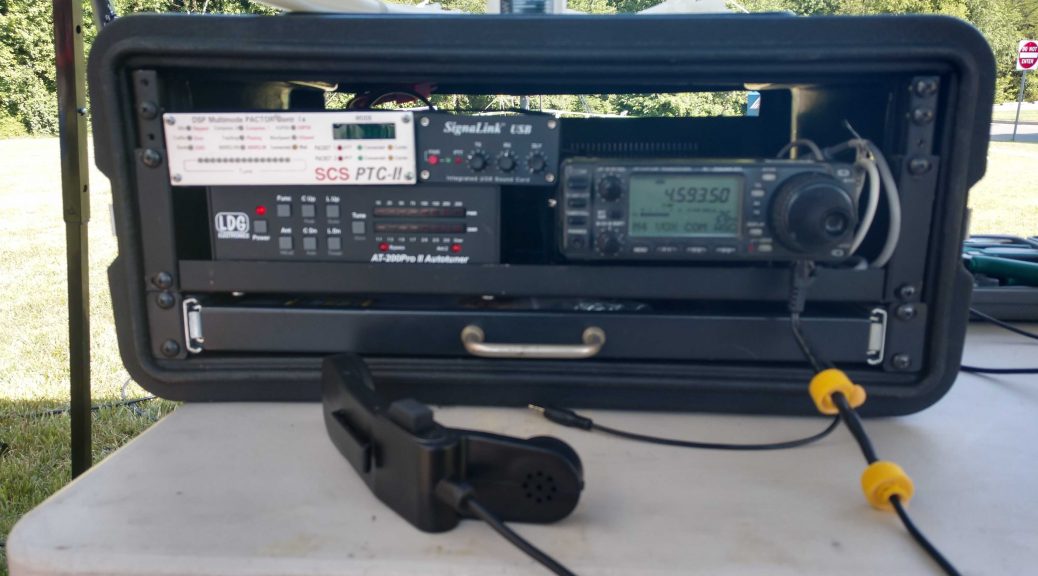I moved our regular March Training to April, as most of you know. I did not want to miss out on an opportunity to do some traffic practice. Discussing this with some of our surrounding friends, this has grown a bit beyond just a standard PWCARES training.
Here is the general outline.
We will have an in-field operation at the Prince William County Government Center (our normal grassy area). This will be the centre of operations. I anticipate the following:
HF:
- 40m station (7240 kHz)
- 20/10m station (Suggest a frequency)
VHF:
- A simplex station on VHFARES1 (147.525)
- A repeater station (OVH or WWI or both if I can get permission)
UHF:
- A simplex station (445.925)
There will also be a short training via WebEx (for those that wish to operate from home or our friends outside the immediate area) where we will cover the basics of passing traffic.
Logistics:
We will need some volunteers to help set up antennas and gear at the site, and we will need some antennas, radios, and tuners (for HF).
Because of this, we will do the WebEx training at 10 AM on Saturday, April 9, 2022, but we will set an arrival time at the site at 0800. This will also allow us to test frequencies and make alterations.
We will also have a dedicated Slack channel for remote information – if you are not on the PWCARES Slack, we will add you.
Types of Messages:
Over the next couple of weeks, I will send out some sample messages, but you are more than welcome to write up your own.
We will focus primarily on ICS-213s and ICS-213-RRs for this exercise and passing messages with voice.
We are still working out some of the details, so if you have questions, please send them my way, and I will develop a FAQ as best I can.
I will post updates to https://blog.pwcares.org/, so check the blog for the latest and greatest on this exercise.
Weather:
If the weather is bad – bad being below 50 degrees, high winds, or active precipitation – we will move to a fully remote exercise. I will still conduct the WebEx training.
To participate, please fill in this Google form.
If you have any questions or additional comments, please drop me a note.

